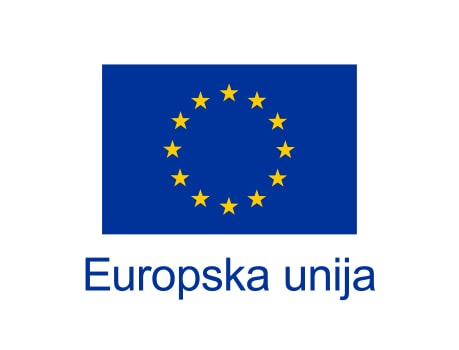Implants and dentures
In situations where more than one tooth is missing, there are 3 options for prosthetic rehabilitation:
1. traditional bridge supported by your natural teeth
2. removable denture
3. implant supported bridge

Conventional dentures cause faster bone resorption due to their constant pressure on the alveolar bone. Retentive clasps on partial dentures embrace natural teeth. In addition to the clasps being visible and being and aesthetic problem, they exert extremely strong pressure upon natural teeth.
This consequently leads to their loosening and eventual loss. For these reasons, an implant supported bridge is a better solution for restoring several missing teeth.
Important benefits:
- remaining natural teeth are not compromised
- prevention of bone resorption
- restores the appearance, feel and function of natural teeth
- much more comfortable than classic dentures since the implant supported bridge is fixed
Crowns or implant supported bridges can be made for patients who have lost one, several or all of their teeth.
All-on-4

The very beginning of the All-on-4 concept dates back to 1998 when dr. Paulo Malo, following numerous studies, successfully conducted the oral rehabilitation of completely edentulous patient with the All-on-4 method.
Research had shown that the placement of four implants with a specific placement method was sufficient enough to achieve the necessary stability and functionality of a complete fixed restoration.
Candidates for this type of rehabilitation are edentulous patients and patients with existing teeth in very poor condition.
Placing 4 implants in the upper or lower jaw can replace all the teeth of that jaw.
The very advantage of this rehabilitation is in specific implant placement, enabling patients with very little bone to have dental implants and a fixed restoration, rather than a denture that is removable, can fall out, lower a patient’s self-esteem and quality of life.
Another advantage of this implant concept is the fact that patients are not toothless at any time, and they receive a fixed temporary bridge from the first day of treatment.
Once the implants have osseointegrated, i.e. integration of the implant with the bone, the final screw-retained restoration is placed on the existing implants, resulting in a fully fixed prosthetic restoration.
Finally, it is important to mention that this is financially a more favorable solution in comparison to a full-arch standard implant rehabilitation.
Unlike other dental offices in Croatia, DCM specializes in a specific All-on-4 concept method. At our clinic our workflow is fully digital, and all provisional and final prosthetic restorations for All-on-4 procedures are made using CAD-CAM technology.
Options for final All-on-4 restorations are:
Premium All-on-4: Intended primarily for the upper jaw and for patients who want top quality and aesthetics. Made with PEEK + Solo Zirkonia / Emax crowns and enables exceptional results.
Standard All-on-4: Intended primarily for the lower jaw and is a PEEK + composite solution that gives good aesthetics, superior functionality and is financially much more favorable.
Implants and removable dentures

Anyone who has worn s classical denture that was not supported by implants knows about the problems and difficulties of such a solution. Classical dentures can be very unpleasant and frustrating for the patient for several reasons:
- an unnatural look, especially when eating
- over time, due to more advanced bone resorption, classical dentures become ill-fitting (sneezing, coughing or speech can cause the denture to fall out and cause embarrassing situations)
- wearing unstable dentures can have a negative impact on self-confidence
- the need for various denture adhesives can change the taste of food
These problems can be solved by implant supported dentures. Implant supported dentures can be used in the upper and lower jaw.
Depending on the amount of bone structure, a combination of 2 to 4 implants can be used.
| 2 + locator | 4 + locator |
| 2 + bar | 4 + bar |
 |
 |
At our clinic, we use locator and bars retention systems for implant supported dentures. Unlike the classical ball attachment, locators provide a much better retention and stability of dentures.
The entire procedure takes place in 2 phases:
- The first phanse consists of a orthopantomogram (OPG) image of both jaws and a detailed patient history. Then precise planning of the surgical protocal is made and the implants are placed.
- The second phase takes part after successful osseointegration (2-6months). An impression is taken and a modified implant supported denture is made.



